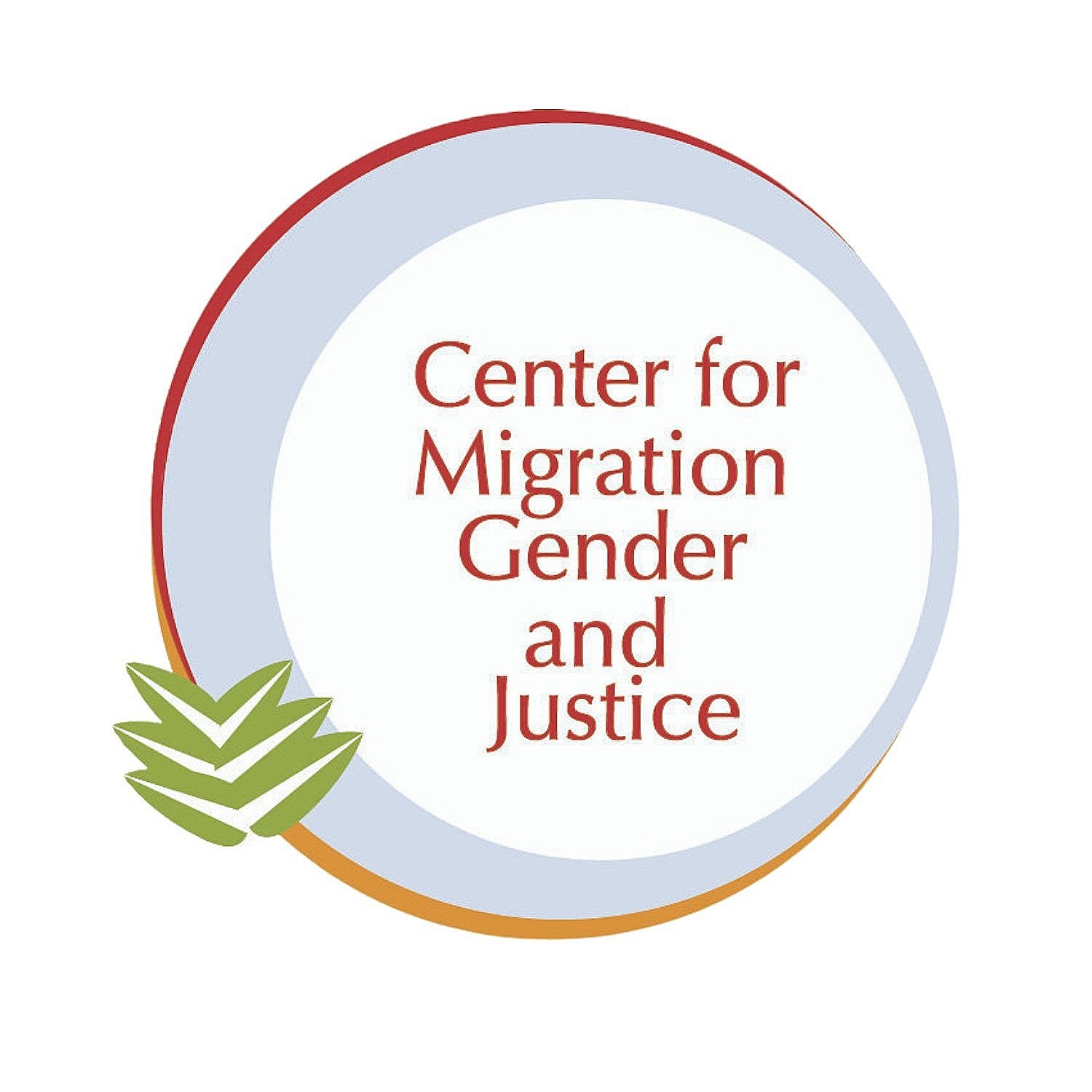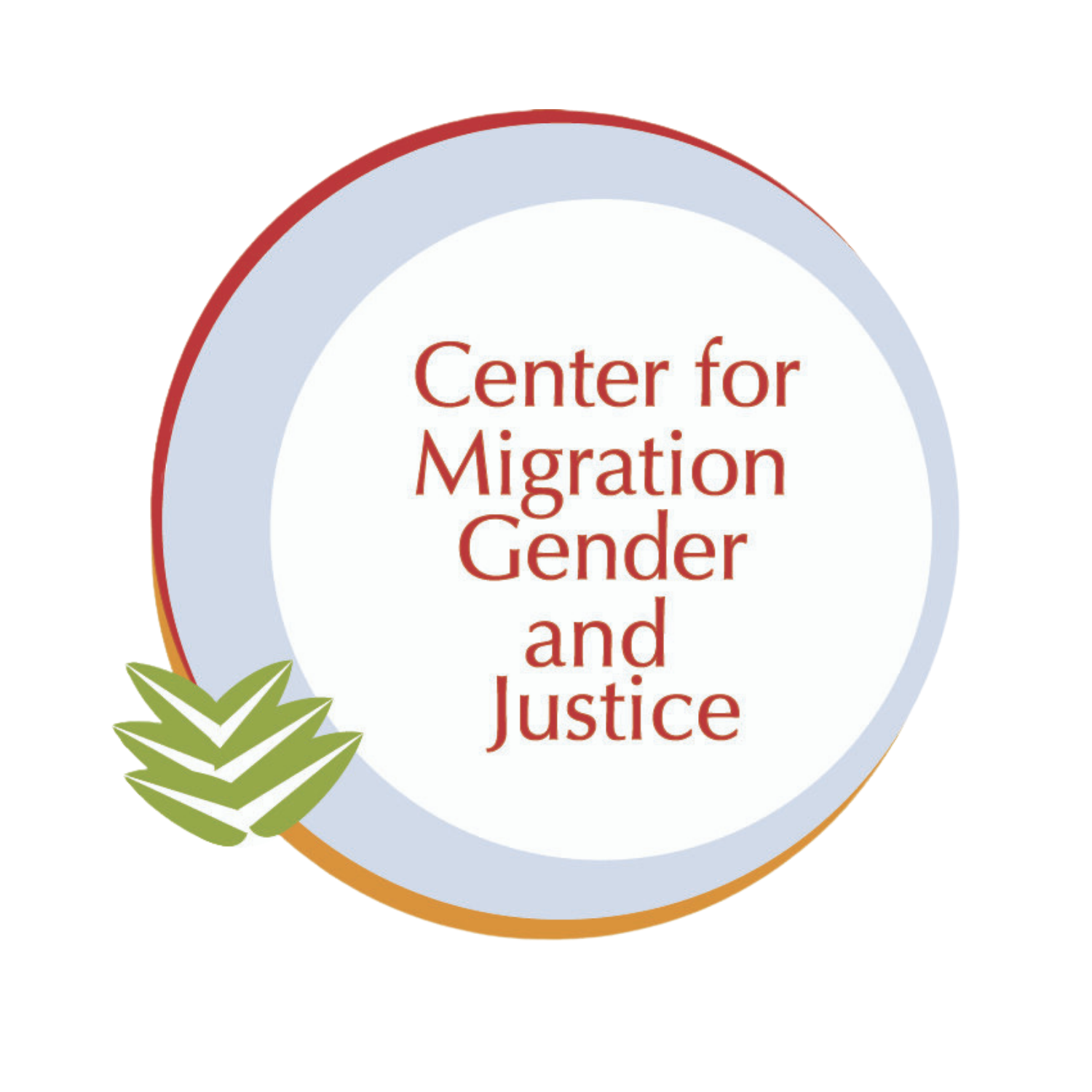COVID-19 and (Not So) Hidden Agendas: Migration Politics and Refugee Women
by Trevor Riedmann
Researcher at CMGJ’s Spotlight Project
COVID-19’s impact has been felt across the world with devastating consequences for human life. Mobility - to different extents - has been several limited; whether in the form of “stay-at-home orders” or border closures. These varied forms of immobility have been especially detrimental to livelihoods of displaced people in flight or in host communities. The effects on livelihoods have been manifold, including heightened impacts on women*, girl, LGBTQIA+, and gender diverse asylum-seekers, refugees, and other displaced persons. Increased risks of abuse, violence, and assault, limited access to hygiene products and sanitary facilities, as well as lack of information and education related to COVID-19 are some of these specific gendered impacts.
All of this has occurred in the context of tightened asylum laws and policies following the announcement in May by the UNHCR and the IOM of temporary suspension of resettlement programs. Many countries have followed suit on this suspension by closing their borders to refugees and asylum-seekers altogether and in some cases outrightly denying asylum. But even before this, migration politics were en route to a more restrictive path, especially in Europe, the USA, and Canada.
For instance, on April 24th, 2020, the Trump administration closed the US-Mexico border in an effort to “preserve employment opportunities for US citizens”. Subsequently, USCIS offices stopped processing immigration and asylum applications. The CDC authorized the denial of entrance to any migrants who were deemed a public health risk, leading the US Border Patrol to expel 20,000 people from the southern border. Similarly, Canada will no longer accept asylum-seekers from unofficial crossings at the US-Canada border. These restrictive policies have effectively rendered North America as a fortress with entry denied to those seeking safety and protection.
European countries have also enacted more restrictive entry policies during the COVID-19 pandemic, scapegoating migrants for increases in cases. The Prime Minister of Hungary, Victor Orbán, for example, has tied Hungary's “exposure” to COVID-19 to a group of Iranian exchange students. Orbán’s response has been to close Hungary's border crossings where asylum claims are made, stating that “our experience is that primarily foreigners brought in the disease, and that it is spreading among foreigners.” Italian populist leader and former deputy Prime Minister, Matteo Salvini, has been using the pandemic to restrict migration to Italy and has been rallying support for a policy he created that denies rescued ships, many coming from North Africa, entry to Italian ports. Salvini’s anti-migrant rhetoric has painted Africa as the “hotbed” of COVID activity, threatening all of Europe. Greece, whose new Prime Minister Kyriakos Mitsotakis has promised to crack down on migration, has also closed its borders and has been using COVID-19 concerns to close refugee camps.
The effects of these actions are staggering with data reporting that refugees and asylum-seekers arriving in Southeast Europe have dropped by 85% in April as compared to March. Bosnia and Herzegovina, one of the Balkan transit countries that many asylum-seekers go through to reach Central Europe, has gone from seeing 700 migrants weekly pre-COVID to an average of 35 during the pandemic. Additionally, there have been curfews for refugees and asylum-seekers in many host countries, as well as restrictions to leave designated reception centers. Bosnia and Herzegovina lifted the curfew for the general population, but is still enforcing it for migrants. These limitations on mobility have significantly impacted livelihoods of displaced persons in need of shelter, food, and access to financial assistance. The IOM is aiding with transportation to curtail the curfews and to ensure migrants can access banks and stores, but as it stands there is a ten day waiting list for transportation.
These increasingly restrictive policies towards entry and mobility carry a significant gender dimension as the case of the Rohingya shows. Rohingya refugees and asylum-seekers have been the target of cruel border policies, such as a crackdown on boat crossings by the Malaysian Coast guard. In April, a boat of nearly 400 Rohingya was rescued at sea by Bangladesh with everyone on board severely malnourished and 32 dead. Survivors said that they drifted out to sea after the Malaysian Coast Guard turned the boat away from its borders weeks prior to their rescue. Human rights groups are still speculating that there may be three or four other boats in similar situations, drifting at open sea.
Prior to the boat's rescue, Malaysian authorities had detained 200 Rohingya after finding their ship on an island, processing them as illegal immigrants and not refugees or asylum-seekers. The majority of Rohingya fleeing in recent years have been women (59%). These significant numbers in women fleeing Myanmar and Bangladesh have been prompted by sexual and gender-based violence (GBV), which have been rampant in refugee camps in both countries. Also, Rohingya men who have found refuge in countries like Malaysia are now paying for Rohingya brides to join them.
In addition to these gendered impacts of refugee women’s livelihoods in flight, quarantine orders have increased incidents of domestic violence in host communities across the world. This heightened experience of domestic violence has occurred in the context of funding for violence prevention and response being historically low, with .012% of all humanitarian funding between 2016-2018 being allocated for GBV. COVID-19 responses reflect this data, as out of the over 2 billion dollars requested by the UN for its COVID relief programs, only $375 million combined will be going to UNHCR and UNFPA, the organizations assisting refugees and women's health, respectively.
Refugee women's reproductive health has also been impacted during this COVID-19 pandemic, as supply lines for condoms and birth control have been disrupted. Studies have shown that pregnant refugee women are at a higher risk for C-sections and stillbirth. Also new data from the CDC confirms that pregnant women, “have had a higher risk of severe illness when infected with viruses from the same family as COVID-19 and other viral respiratory infections, such as influenza.” These two factors drastically increase the health risk for pregnant refugee women and their babies, especially when many of them are living in camps and reception centers that often operate underfunded healthcare facilities, or are living in situations with minimal access to resources.
What I have addressed in this blog barely scratches the complexity and severity of impact that COVID-19 has had on refugee women’s livelihoods. While restrictive policies scapegoat migrants in their COVID-19 responses, it is exactly these policies that have been putting more and more refugee women at high health risks. Within my own ethnographic research with CMGJ in Portland (Oregon, USA), I have observed these severe impacts. For example our research discovered that there is a severe lack of access to resources during the pandemic. This takes the form of receiving financial and health-related information, which in a time with new spikes in cases, accurate information is needed now more than ever.
In lieu of my own findings from ethnographic research and in keeping with CMGJ’s commitments in migration discourse and politics, I outline five recommendations for gendered COVID-19 responses:
1. Put human rights at the intersection of migration and gender at the top of the agenda! This includes - but is not limited to - increasing funding to combat GBV. At a time when GBV rates have drastically increased due to COVID-19, proper resources and services must be put in place for GBV prevention, mitigation, and response.
2. Protect human rights of migrants on the move and in host countries! This includes - but is not limited to - creating and expanding infrastructures for reproductive health. With supply lines for reproductive health interrupted, risks for complications and illness are heightened. Family planning and reproductive health resources must be available to address these risks.
3. Advance knowledge and education about migrant experiences! This includes - but is not limited to - gendered data collection and research. Our Spotlight Project “Migration, Gender, and COVID-19” is an example of centering gendered refugee experiences that challenges conventional ways of how and where knowledge is produced.
4. Denounce anti-migrant and gender-based hatred and violence! This includes - but is not limited to - taking a firm anti-discriminatory, rights-based stance in migration discourse and politics. Politicians around the world still employ hateful and inflammatory rhetoric to push restrictive policies that will long survive the COVID-19 era and that already gesture towards an even more hierarchical global migration framework.
5. Promote partnerships with migrant communities! This includes - but is not limited to - centering migrant communities in research, advocacy, and education. One of the main take-aways from our ethnographic research in Portland is that communities are stepping in to complement government assistance. Food drives and rent funds, as well as programs such as the Oregon Workers Relief Fund, providing 10 million dollars to families that can not access public benefits, have been critical in local COVID-19 responses. As an organization that prides itself in being locally-based and globally engaged, we also sourced donations for Personal Protective Equipment and hand sanitizers for our partner organizations!

